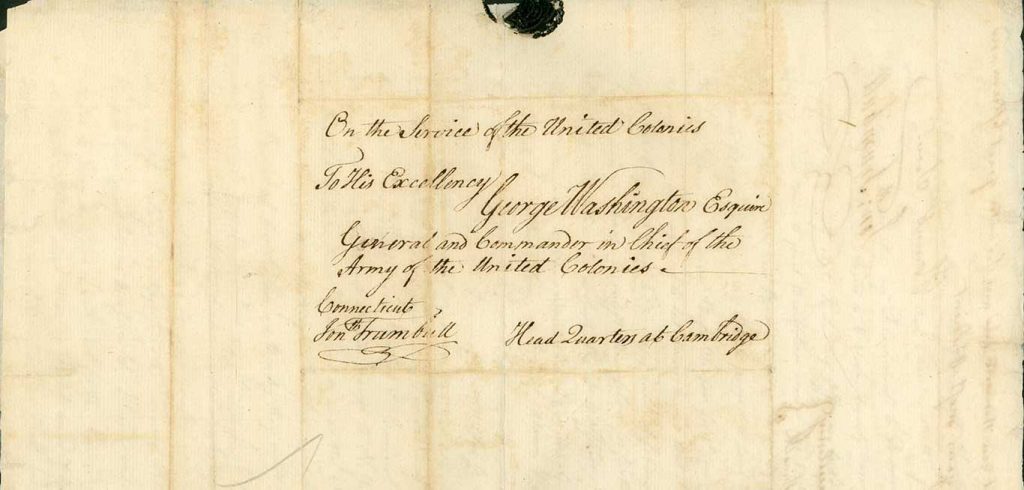Several archival pieces from Fordham Libraries’ Charles Allen Munn Collection are on loan to a Versailles, France gallery as part of an exhibit on France’s political and military alliance with the colonists during the American Revolutionary War.
Versailles and American Independence opens July 5 at the Palace of Versailles-Gallery of Great Battles and runs through Oct. 2.
“This is the first time that any items from the Munn collection have left the United States, so to be included in the Versailles exhibit is significant,” said Linda LoSchiavo, director of Fordham Libraries.
(story continues below)
The pieces being exhibited in the photo gallery above are the ones that were chosen by the show’s curators. One is a drawing by John Trumbull of what is believed to have been colonial American prisoners of war on a British prison ship in the New York harbor. The other pieces consist of 4 pages from a letter written by Trumbull to George Washington informing him of the evacuation of Boston by the British, and 3 pages of a letter written by Washington to General Lafayette, in which Washington asks for “patronage of the French” in the disbursement of Revolutionary War engravings created by Trumbull.
“Our Munn collection gets a lot of traffic,” said Patrice Kane, head of Fordham Archives and Special Collections. “Anybody writing a book about revolutionary figures–Washington, John Hancock, William Penn–want to borrow from it. Every American history textbook wants to borrow from it.” As to the popularity of artist John Trumbull, Kane described him as the “Matthew Brady of the Revolutionary War.”
Fordham acquired the Munn collection in 1943 from Augusta Munn Tilney, the niece of Charles Allen Munn, the founder of Scientific American magazine and a collector of Americana. The collection attracted little attention until the early 1970s, when Irma Jaffe, PhD, professor emerita of art history, used some of the Trumbull drawings to identify figures in Trumbull’s famous painting, Declaration of Independence, hanging in the U.S. Capitol rotunda.

